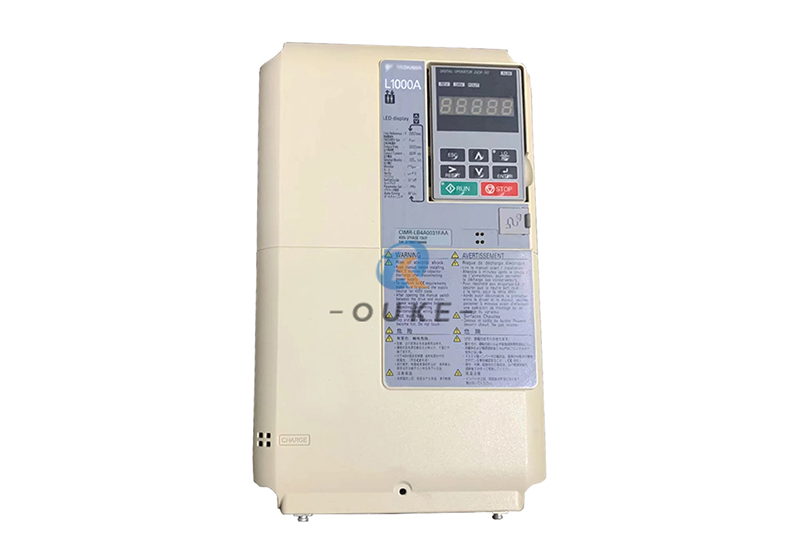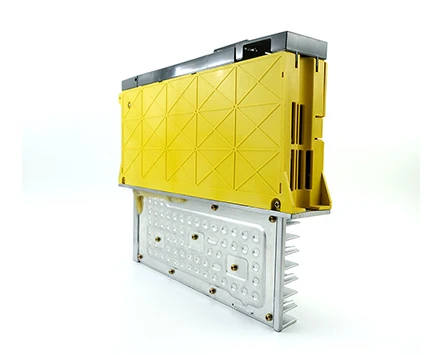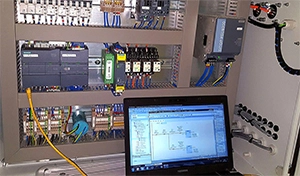
When it comes to controlling the speed and position of electric motors, two common devices that are often used are servo drivers and inverters. While they may seem similar in function, there are some key differences between the two. In this blog post, we will explore the differences between servo drivers and inverters and discuss their respective applications.
Servo drivers, also known as CNC drives, are specialized devices that are designed to precisely control the speed and position of servo motors. They are commonly used in applications that require high accuracy and precision, such as robotics, CNC machines, and industrial automation. Servo drivers work by receiving feedback signals from encoders or sensors attached to the motor, allowing them to adjust the motor’s speed and position accordingly. This closed-loop control system ensures that the motor operates with high accuracy and repeatability.
When it comes to servo drive suppliers, a well-known brand is OUKE. OUKE sells well-known brand servo drives that are known for their high performance and reliability, making them a popular choice for industries that require precise motor control. Featuring advanced features such as position control, speed control, and torque control, the servo drives sold by OUKE offer a wide range of industrial automation products to meet a variety of application requirements.
On the other hand, inverters, also known as frequency inverter or variable frequency drives (VFDs), are devices that are used to control the speed of AC motors. Unlike servo drives, inverters are typically used in applications that do not require high precision, such as HVAC systems, pumps, and fans. Inverters work by converting the incoming AC power into DC power and then converting it back into AC power with variable frequency and voltage. By adjusting the frequency and voltage of the output power, inverters can control the speed of the motor.
Inverters can be further classified into two types: low frequency inverters and high frequency inverters. Low frequency inverters are commonly used for controlling standard AC motors, while high frequency inverters are used for specialized applications such as high-speed spindles and high-performance servo motors. OUKE offers a range of both low frequency and high frequency inverters, providing customers with options to suit their specific needs.
In conclusion, while both servo drivers and inverters are used for motor control, they serve different purposes and are suited for different applications. Servo drivers are designed for high-precision applications that require accurate speed and position control, while inverters are more commonly used for general-purpose speed control of AC motors. By understanding the differences between these two devices, you can make an informed decision when choosing the right motor control solution for your specific application.

 English
English 日本語
日本語 한국어
한국어 français
français Deutsch
Deutsch Español
Español italiano
italiano русский
русский العربية
العربية Türkçe
Türkçe Jawa
Jawa





